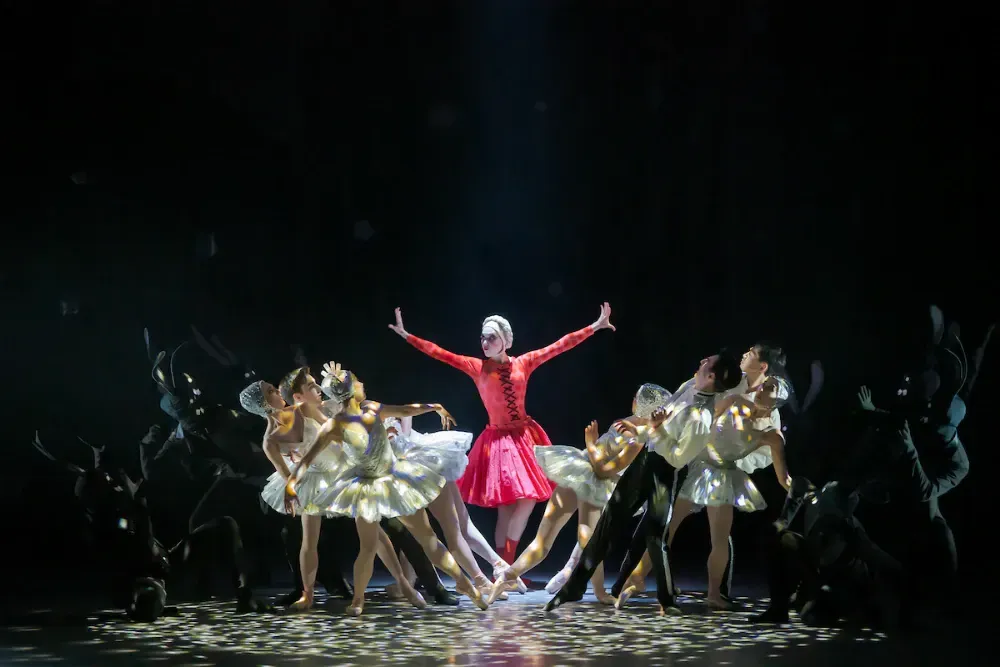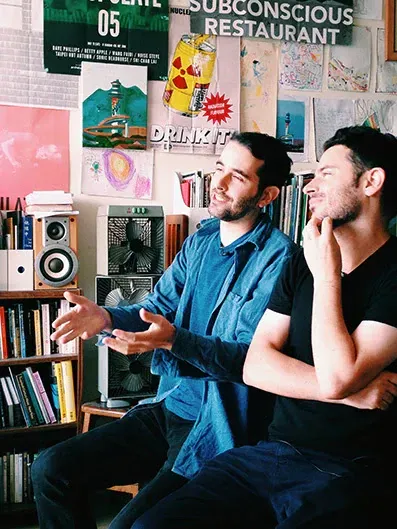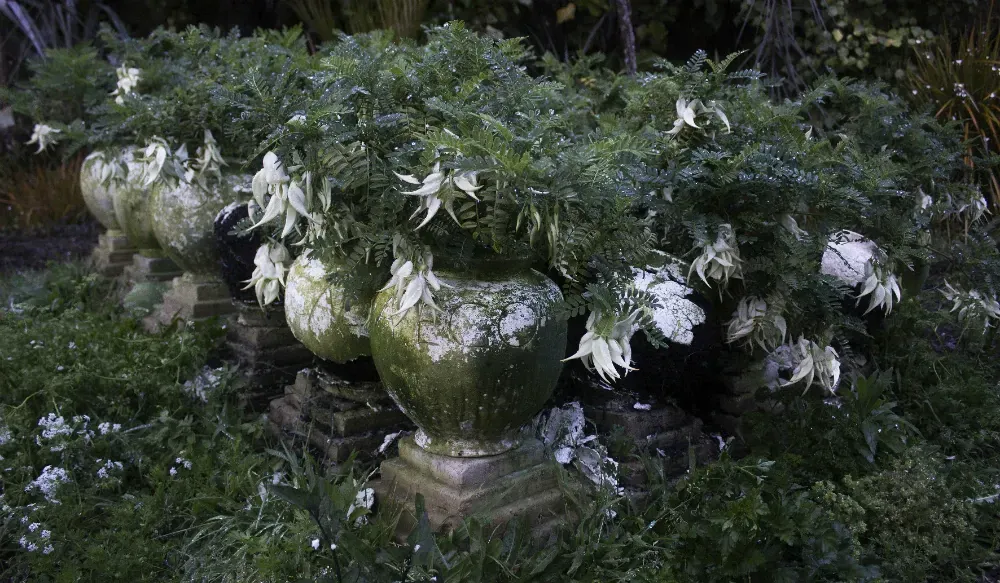Farewell, wahine toa
Written by
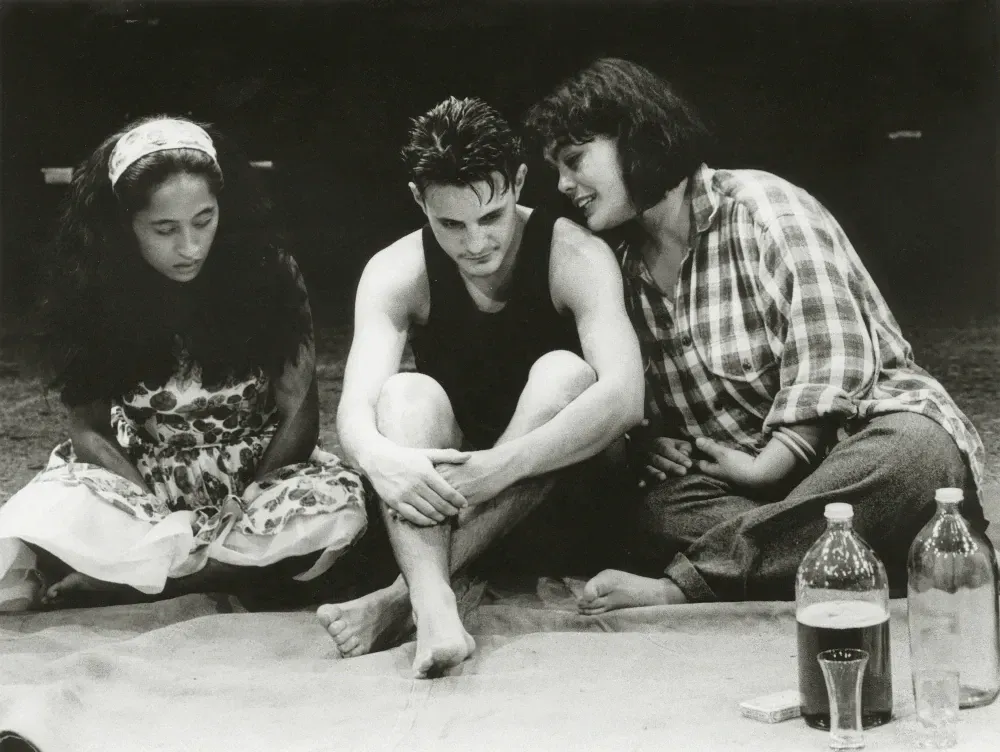
It’s often not the loudest person in the room who makes the most enduring impact, but the most generous, determined and the clearest in kaupapa. This week we lost a great leader too soon: playwright, actor, theatre producer and director Nancy Brunning. Through the arts Nancy had an enormous influence on the way we see ourselves and are heard, particularly on behalf of Māori women. That’s been clear in the outpouring of tributes over the last few days, and there at the premiere of her latest play Witi’s Wāhine at Tairāwhiti Festival in October (Theatreview review here).
Nancy’s inspiring career began with acting (she is remembered in particular for her role in Hone Kouka’s Waiora, while on screen she had wide impact as Nurse Manu on Shortland Street), and then moved into direction, starting with Briar Grace Smith’s seminal plays Ngā Pou Wāhine and Flat Out Brown. I remember her for her fierce determination and care to provide shelter and encouragement to other Māori artists as a playwright and producer.
Nancy played a crucial role in giving Māori theatre a platform and space in the 21st century, advoating for and helping establish producers hub Te Haukāinga in Wellington (this 2018 Pantograph Punch discussion is vital) and co-founding leading Māori theatre company Hāpai Productions in 2013.
Toi Whakaari director and friend Tanea Heke has written a terrific tribute here. Māori Television put together this great piece, and many pay respects to her in this RNZ article. Last year, Nancy wrote about her upbringing and influences in Pantograph Punch and Lynn Freeman of RNZ’s Standing Room Only reposted an interview with Nancy at the time of the premiere of her first play Hikoi. Haere rā wāhine toa.
Theatre Awards and Extended Stays
Nancy Brunning’s passing came a day before she was awarded the prestigious Bruce Mason Playwriting Award by NZ’s playwrights agency Playmarket, New Zealand's longest running playwritght award.
Also at the Playmarket’s Accolades Awards on Sunday, Sarah Delahunty was awarded The Playmarket Award, a $20,000 prize recognising a playwright who has made a significant artistic contribution to theatre in New Zealand. Sarah is the author of over 30 works for the stage with a focus on work that empowers young people. She spoke to RNZ’s Lynn Freeman. Now in its fourth year, the award has previously been given to Renée, Dean Parker, Gary Henderson and Jean Betts.
Meanwhile, good news for theatre in Christchurch, a city that’s been in need of a fringe venue since before I can remember. Pop-up Little Andromeda Theatre has had its license extended rent-free into 2020. The 100-seater that opened for two months in October looks to continue, as reported by The Press. Last year it popped up in a tent after losing a bid with council to become permanent as part of the performing arts precinct. It lost out in priority to a redeveloped Court Theatre.
Art with agency
The arrival of writer and Manus Island detainee Behrouz Boochani in New Zealand late last week was a teastment to hope and determination and people in the arts realising their agency. It was made possible thanks to the efforts of Christchurch writers’ festival Word, who invited him on writer Lloyd Jones’ suggestion (see excellent John Campbell TV interview here about his remarkable story). A portrait of Behrouz features in Hoda Afshar’s project in The Shouting Valley at Auckland’s Gus Fisher Gallery, and Behrouz was able to be a surprise late addition to talks in Auckland, and at City Gallery Wellington, where the Manus Recording Project Collective featured as part of the just closed exhibition Eavesdropping.
And if you’re concerned about the agency art has in regards to climate change, then this was the week when climate change made its call on art. Record high tides saw most of the city of Venice underwater (photos in Artnet here) with the Venice Biennale closed, including the New Zealand Pavilion. On Tuesday, CNZ reported via the ‘NZ at the Venice Biennale’ Facebook page that the NZ Pavillion was back open after a clean-up for the final week of the Biennale.
Sneak peeks
The latest Arts Grants recipients have been announced by Creative New Zealand, providing us with a sneak peek at upcoming arts projects. Among them: Alexa Wilson will give her Experimental Dance Festival a second year in Auckland; A Slightly Isolated Dog are touring their well-run-in Jekyll and Hyde and Don Juan theatre shows in Australia; Charlotte Yates is following up projects in which artists set the poetry of Baxter and Tuwhare to music with one based around Katherine Mansfield.
A new work composed by John Psathas will be performed across the length of Cuba Street during Cubadupa festival late March; LGBTQI writers festival, Samesame but different, will continue in 2020 without its founder Peter Wells (who recently passed away); and in the wake of missing out on their major sector investment funding this year, Nightsong Productions have received funds to re-rehearse and refine Te Po and Mr Red Light. The grants range from $10,000 to $75,000.
And, if you thought London could afford to do things without us: $75,000 is going to the Royal Academy of Arts towards an exhibition of Rita Angus next October. Ironic given public galleries in NZ can’t generally apply for CNZ funds as they get principal funding from local authorities.
Last week at the New Zealand Music Awards the big Tui winners were Benee (four awards), The Beths and Avantdale Bowling Club (two awards apiece) and Troy Kingi, who received Tuis for Best Māori Artist (Te Māngai Pāho) and Best Roots Artist (Te Kaipuoro Taketake Toa). It was the second year in a row Kingi has won the Te Māngai Pāho Award and he dedicated it to the world’s indigenous people, noting in his speech (as Maori Television reports), “our indigenous people are going through a lot of shit at the moment.” Avantdale’s Tom Scott in his acceptance speech called on Prime Minister Jacinda Ardern (who was present) to visit Ihumātao.
In Kapiti with the Taepas
Public art hasn’t had a strong presence in my rohe, the Kāpiti Coast, in recent years, so it’s great to hear that that a piece by Kereama Taepa, the first major work from the council’s recently established Public Art Panel, is due to open at Paraparaumu beach next year. The work is inspired by the path of tohorā (whales) along the coast.
Down the road at Raumati Beach, the Kapiti Performing Arts Centre — a 330 seat venue (a welcome size for producers in the Wellington region) together with a small black box theatre — is due to open in 2020. It’s being billed as the only community theatre between Wellington and Palmerston North.
Kereama’s brother, Ngatai Taepa, spoke to Lynn Freeman on RNZ’s Standing Room Only about Puhoro o mua, Puhoro ki tua, the ninth International Indigenous Artists Gathering, which this weekend sees artists coming from the Pacific Islands, Australia, Japan, the United States and Canada to learn from each other and remember those who have come before. Waikato Museum is hosting an exhibition (in partnership with Toi Māori), with the gathering to be held at Turangawaewae Marae, Ngaruawahia.
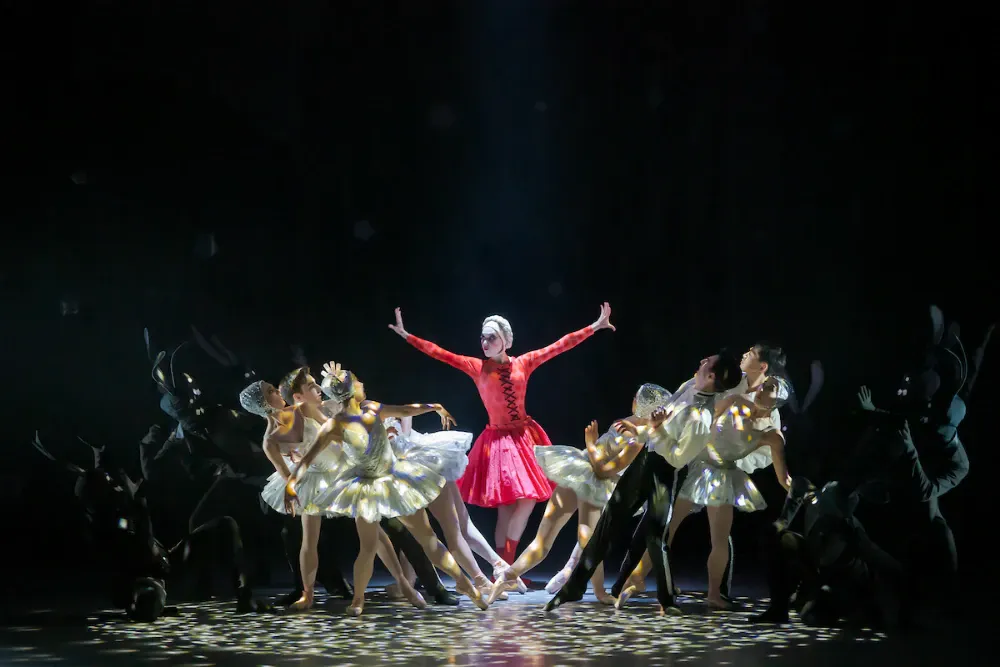
RNZB Principal Katharine Precourt as the Witch in Hansel and Gretel. Image: Stephen A'Court.
Musical firsts
The first score for a full-length ballet by a New Zealand woman is now in production. Last week, I had the pleasure of hearing Claire Cowan’s terrific 1920’s-style score for the Royal New Zealand Ballet’s new work, Hansel and Gretel, at the beautiful Regent on Broadway theatre in in Palmerston North. The ballet itself is inspired by the arts of the ‘20s and is currently midway through a national tour. It’s an impressive knickerbocker-glorious work, choreographed by RNZB Choreographer in Residence Loughlan Prior. Here’s a review from Brigitte Knight on Theatrescenes.
In surely a local music first, at least since 1960, experimental music svengali Jeff Henderson (Director of key Auckland sound space The Audio Foundation) has included an instructional booklet on "how to play the clarinet properly” with the CD of his solo clarinet recording, The Charming Clarinet. First listens online suggest the recording is indeed charming and that the clarinet is played extremely well, if not quite ‘properly’.
Great Reading and Viewing Online
City Gallery Wellington curator Robert Leonard’s blog provides smart, critical writing on art and culture, with links to his essays. This week’s post is Twitter length, noting from the cover of Metro’s Wellington edition Ronnie van Hout’s ‘Quasi’ is already centrestage as an icon, but also noting on the cover the strange presence of a Dowse Art Museum logo. New on the site is an essay on the work of Melbourne’s Brent Harris, whose show Towards the Swamp has just opened at Christchurch Art Gallery.
A terrific Te Papa project online asks trans people to identify objects of personal importance and to share the objects’ stories. Read them here.
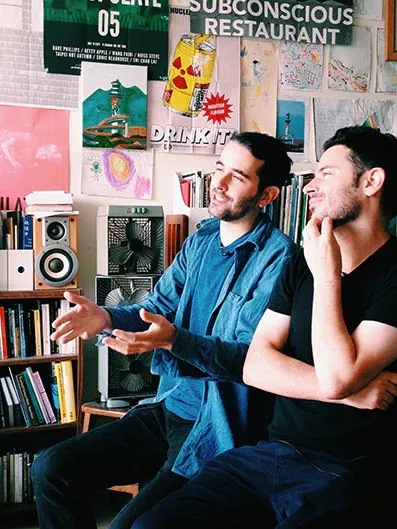
Hanson brothers, founders of White Fungus art magazine. Supplied.
International art mag White Fungus was founded in Wellington by brothers Ron and Mark Hansen in 2004. Based in Taiwan for the last 10 years (and still doing great coverage of the arts in NZ) they’ve published 16 issues in 15 years. Sarah Lang interviewed Ron Hanson for North & South.
A year after his death, Marianne Schulz has written this tribute to choreographer Douglas Wright for DANZ. Marianne also writes fearlessly about the way dance is perceived. “As I age,” she writes ”I am coming to the realization that what has been a constant in my life, dance, has been and is still seen by most of the general public as an unusual, perplexing, embarrassing, derogatorily feminine, unintellectual or at worst, frivolous pursuit.”
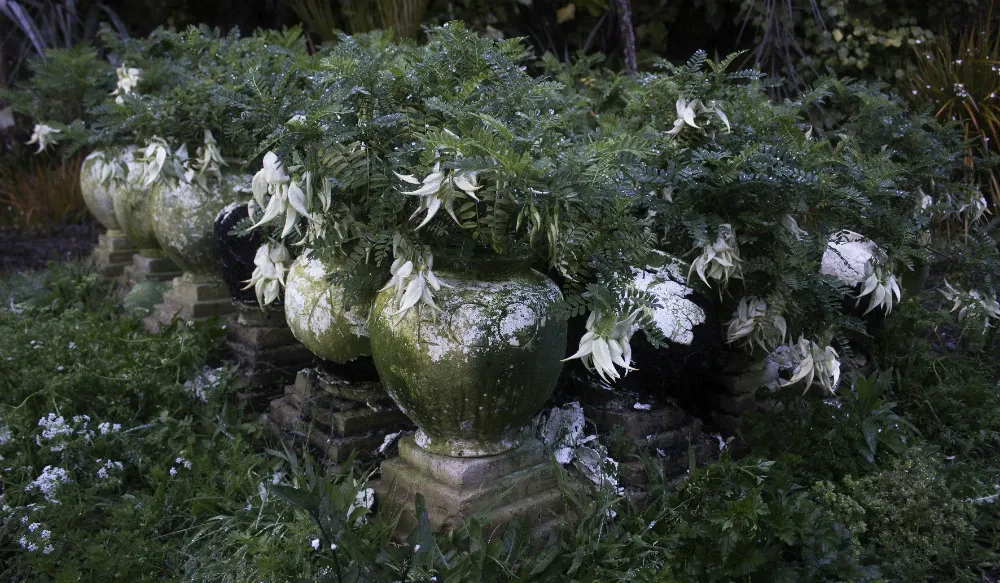
Raewyn Atkinson’s E kōrero ana ngā rākau: 'the trees are talking' #5 Inkjet on Hahnemühle Photo Rag 2019.
Over 10 months, artist and ceramicist Raewyn Atkinson grew thirty endangered kōwhai ngutu kōrako in unfired clay sepulchre-like urns in her garden (pictured). A film shown at Objectspace earlier this year documented their growth, followed by the urn’s disintegration back into the earth, over ten months. DOC claims only 120 of these plants survive in the wild. They were last seen growing naturally in the Wairoa region in the 1950s. The project is a collaboration between the artist, crown research institute Scion (who provided the seeds) and Wairoa hapū, Ngai Kōhatu (Ngāti Hinehika). Images from Atkinson’s film are now on show at Bowen Galleries in Wellington until December 1. Two great essays are available online by Melanie Oliver and Rangihīroa Panoho.
This week, the New Zealand Maritime Museum released two terrific mini-documentaries with artists Nikau Hindin and Chris Charteris, to accompany their Unfurling Tākiri exhibition and look at their practices.
Finally, another sad farewell. This weekend saw the Elam Fine Arts Library close permanently, the last of three specialist creative libraries on the University of Auckland campus to go.
